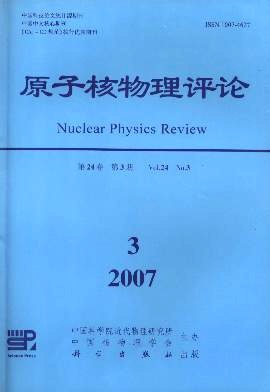Progress in Low Dose Radiation Related Hyperradiosensitivity
doi: 10.11804/NuclPhysRev.24.03.228
- Received Date: 1900-01-01
- Rev Recd Date: 1900-01-01
- Publish Date: 2007-09-20
-
Key words:
- radiation /
- low dose hyperradiosensitivity /
- DNA damage repair /
- cell cycle arrest
Abstract: At present, cell response to low dose radiation is attracting growing interests all over the world. Hyperradiosensitivity (HRS) and increased radioresistance (IRR) were introduced in this paper. This phenomenon means that an excess cell killing per unit dose appears at about 0.1 Gy (HRS) and then the cell radiation sensitivity increases with increasing dose (IRR). When the dose outstrips 1 Gy, the cell surviving fraction coincides with the value predicted by the commonly accepted linearquadratic (LQ) model. We further reviewed the progress to date in the study of low dose HRS, especially the possible molecular mechanisms underlying HRS/IRR and the relationship between HRS/IRR and linear energy transfer (LET). An initial insight into the clinical application of HRS/IRR in tumor radiotherapy was presented as well.Moreover, several topics concerning the HRS/IRR investigation, which deserved to be reinforced, were put forward.
| Citation: | JIN Xiao-dong, LI Qiang. Progress in Low Dose Radiation Related Hyperradiosensitivity[J]. Nuclear Physics Review, 2007, 24(3): 228-233. doi: 10.11804/NuclPhysRev.24.03.228 |






 甘公网安备 62010202000723号
甘公网安备 62010202000723号 DownLoad:
DownLoad: